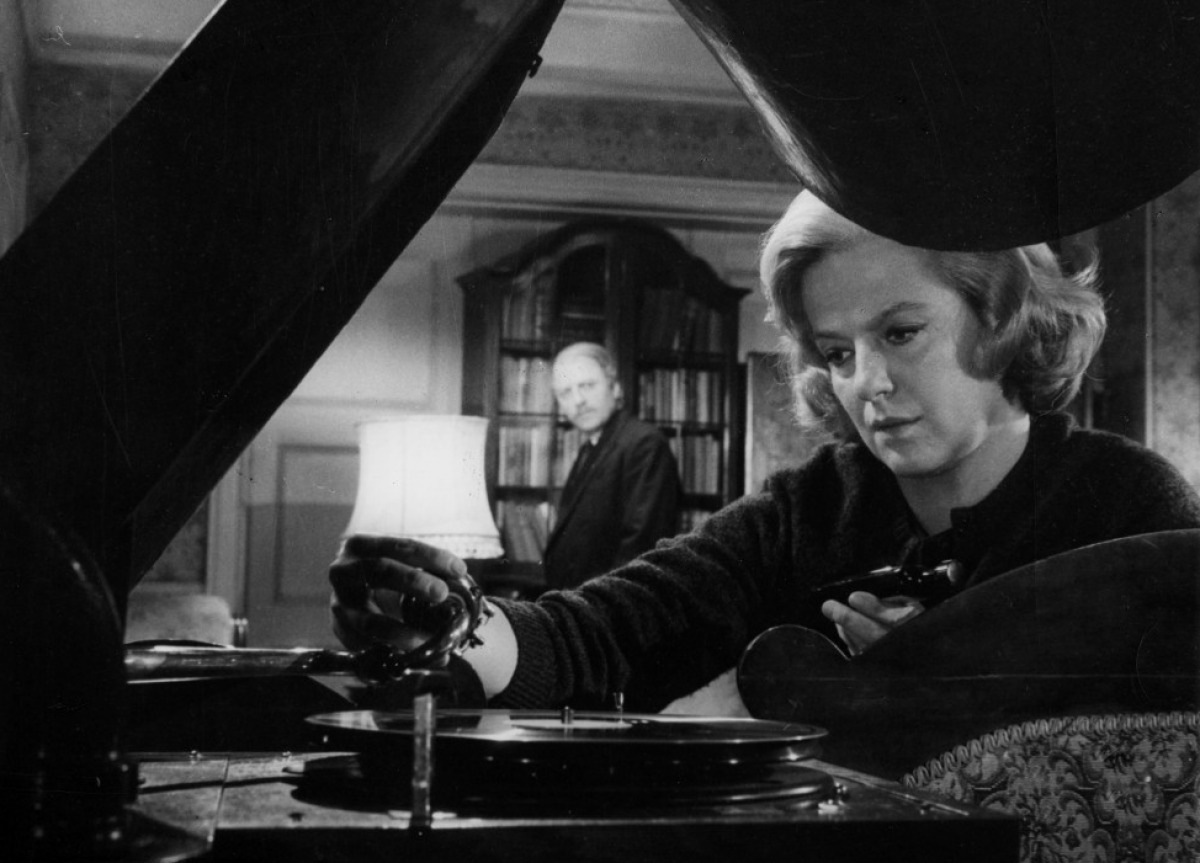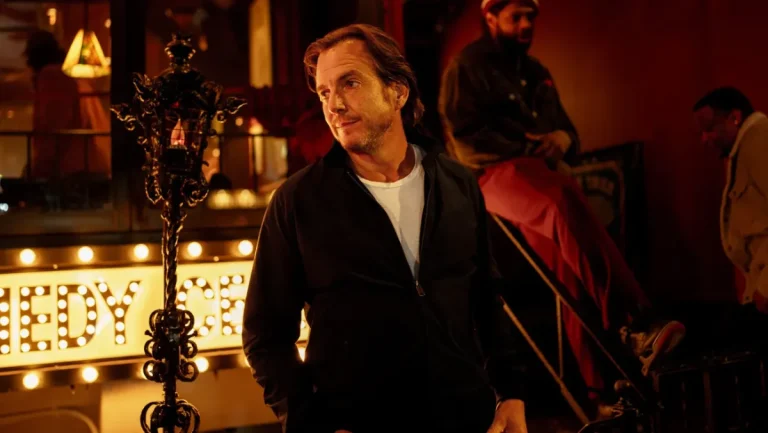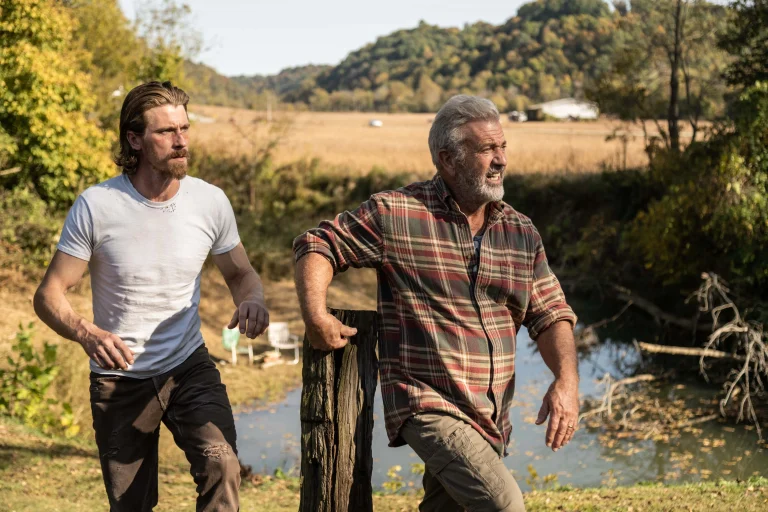What we are doing is a means to an end. Now you agree with the end, don’t you? Well then you must agree with the means. You can’t have one without the other.
British film-makers of the late 1950s and early 1960s brilliantly captured the sociological situation of the people, who were still experiencing the transformative impact of World War II. This form of social realist pictures, nicknamed ‘kitchen-sink drama’ and often set in the grimy tenements, presented its unvarnished, disillusioned characters with a vital air of authenticity. English film-makers like Lindsay Anderson, however, focused on both social realism and the psychological realism of an individual. For instance, Anderson’s renowned movie, This Sporting Life (1963) carefully examined its young central character’s inner conflicts (or fractured psyche) alongside the social pressures. Bryan Forbes is one of the British screenwriters and directors to depart from social realism and concentrate more on the psychological realism of his emotionally disturbed (or neurotic) characters. His best work, Séance on a Wet Afternoon (1964), although considered as a kidnap thriller, is actually a fascinating character study of a delusional, grief-ridden woman.
The biggest strength of Séance on a Wet Afternoon is the way it slowly builds the psychological portrait of Myra, the protagonist, while on the other hand Forbes briskly handles the kidnapping plot. Based on a novel by Mark McShane and adapted to screen by Bryan Forbes, the film revolves around a middle-aged couple, Myra Savage (Kim Stanley) and Henry ‘Bill’ Savage (Richard Attenborough). When the narrative opens, a small group of people move out of Savages’ intimidating Victorian household (probably inherited) after the weekly Wednesday afternoon séance session.
Billy can’t work due to his asthmatic condition, but Myra’s work as medium keeps them away from financial troubles. Myra’s ‘spirit guide’ is her dead son, Arthur. She evidently dominates the household as Billy succumbs to her demands. But one of Myra’s recent demands spooks the mild-mannered Billy. Yet he capitulates and takes his motorcycle (with an enclosed sidecar) to do the necessary.
Related to Seance on a Wet Afternoon: A Fugitive from the Past [1965] Review – Probing the Postwar Devastation of Japan through Thriller Framework
Billy proceeds to kidnap the child (Judith Donner) of the Claytons, a wealthy industrialist family. Despite few glitches, the kidnapping act succeeds. The precocious child named Amanda is placed in Arthur’s room, which is made to look like a hospital room. The Savages dress up as doctor and nurse, and tell the kid that she has come down with German measles. At the same time, Billy and Myra write down a ransom note asking for huge sum of money. Nevertheless, Myra just doesn’t seem to be after money. She visits the Claytons’ house, introducing herself as a professional medium.
Myra probably wants to help the aggrieved parents to find their child and advertise to the world the power of her psychic abilities. Mr. Clayton (Mark Eden) gets irritated by Myra’s vague, roundabout way of interpreting their child’s current predicament. But teary-eyed Mrs. Clayton (Nanette Newman) warms up to Myra’s message of hope. Later, Billy collects the money from Mr. Clayton and cleverly dodges the lawmen lying in wait. Myra now just has to bestow the Claytons with the truth of her gift. Alas, she now has second thoughts about doing that.
A criminal act is committed early in the narrative which makes the central characters sort of irredeemable in our eyes. Yet, this isn’t a film that dabbles with conventional distinctions of good and bad. In fact, as the narrative progresses despite Myra’s mentally unstable reasoning (freed from understanding the moral implications) we slowly sympathize with her desire for recognition. Myra starts off as a dominant character, deftly manipulating her husband. But writer/director Forbes impeccably reveals her fragility throughout the final act, getting into the depths of her personal trauma. She becomes child-like reminding us of Bette Davis’ character in ‘What Happened to Baby Jane?’.
Attenborough’s Billy was also richly characterized. He starts off as a weak-willed person doing his best to not upset his wife. However, by the end, Billy could be perceived in a different light: a caring husband making an effort to save his wife from madness. In spite of carrying out a criminal act, his moral compass doesn’t get distorted. And Forbes’ layered characterizations perfectly work due to the amazing performances of Kim Stanley (received a Oscar nomination) and Attenborough.
Kim Stanley provides Myra with a calm and controlled exterior in the initial scenes. Gradually, she takes us into the dark, deformed corners of her mind without going for an over-the-top performance. In the hands of a wrong actor, the character could come across as pathetic and ridiculous, whereas Kim extracts our deepest sympathy as well as scares us with her sinister plans. Richard Attenborough (also the co-producer) is equally complex and subtle in his performance as Billy Savage.
Prior to Séance on a Wet Afternoon, Mr. Attenborough has co-produced three films with Bryan Forbes – The Angry Silence (1960), Whistle Down the Wind (1961), and The L-Shaped Room (1962). The Angry Silence which takes a look at the corruption within the workers’ union was written by Forbes, but directed by Guy Green (‘A Patch of Blue’). The other two films were written and directed by Forbes (based on novels). Both Whistle Down the Wind and Séance on a Wet Afternoon made good use of its hauntingly bleak atmosphere.
Cinematographer Gerry Turpin and director Forbes skillfully used the shadowy, claustrophobic atmosphere (Savages’ joyless household) to create tension, forgoing the temptations to go for overtly stylistic camera tricks. Furthermore, Forbes instills a realistic as well as thrilling edge to the proceedings by staging the scenes in busy city squares and tube stations. By revealing nothing about the kidnapping plot, Forbes extracts lot of suspense from each of Billy’s actions.
Billy’s journey in the motorcycle which he eventually hides it behind a dilapidated building; his walk to the school and the quick cuts of Billy’s tense visage when he sees children, happily shouting, emerging out of the school premise; his smooth maneuver to draw away the chauffeur that allows him to drive off with the child in the limousine; then when the car speeds off the highway, Forbes cuts between the girl child’s silent screams (silent because of the glass paneling that separates the front and back seats) and Billy’s increasing panic; the girl’s shrewd actions when the limousine reaches the secluded place; the appearance of little boys searching for the ball – Forbes keeps building the thrill with such dense accumulation of details.
Also Read: National Identity In The Romantic Aesthetic of Michael Powell
The money exchange scene was staged in an equally fascinating manner; the screaming sound of tube trains adds to the disorienting effect. Moreover, Forbes is careful to not let the poignant notes in the narrative – especially Mrs. Clayton’s agonized presence during the séance session – metamorphose into melodrama.One of the intriguing ambiguous elements in the narrative is Forbes’ decision to not explain whether Myra’s ‘gift’ is real or not. Kiyoshi Kurosawa’s loose adaption of the same Mark McShane novel in 2000 wasn’t blessed with such ambiguity. Even though Myra’s sanity is put into question, Forbes doesn’t allow us to totally dismiss her as a fake medium.
Overall, Séance on a Wet Afternoon (115 minutes) is a nuanced and expertly crafted psychological thriller that doubles up as the intense study of an individual’s deluded psyche.










![The Ringmaster [2020] Review: An occasionally compelling documentation of a failed attempt](https://79468c92.delivery.rocketcdn.me/wp-content/uploads/2021/01/The-Ringmaster-highonfilms-1-768x520.jpg)